Racing
to The deadline
The drafters agreed to produce the first working draft of the Constitution according to a strict timetable set out in the work plan, referred to by the administrators as ‘the heart of the process’. According to this plan, the first draft of the Constitution would be completed by August 1995. The final draft had to be handed over to Parliament on the 8th of May 1996. Despite the many areas of agreement, hurdles were starting to emerge. The time frame proved to be a major issue.
There’s a great deal of cheerfulness around, but the trouble is that we’re operating against a deadline and I don’t think there’s a hope in Hades of getting there if we carry on with the process as it is. We have piles of reports, but there hasn’t been a single agreement that has been finalised.
Sheila Camerer
then NP member of the Constitutional Assembly
A serious setback occurred in March 1995 when the IFP members walked out of Parliament. Their leader, Mangosuthu Buthelezi, was angered and insulted by what he pronounced as the ‘government’s failure to honour their agreement around international mediation’. The IFP still hoped to gain greater provincial autonomy through a mediation process. Buthelezi accused the ANC of running the country through majoritarianism rather than consensus and said that the IFP would not take part in the Constitutional Assembly. He also declared that his party would not accept the Constitution. Two days before their walkout, Cyril Ramaphosa had tried the role of the pacifier:
The constitution that we draft must include all the parties and especially the IFP…We hope that good sense finally prevails with the leadership of the IFP and that they realise the national importance of their participation in the structure of government and also the Constitutional Assembly.
CYRIL RAMAPHOSA
On the ifp's participation in the structuring of government
The Countdown Begins
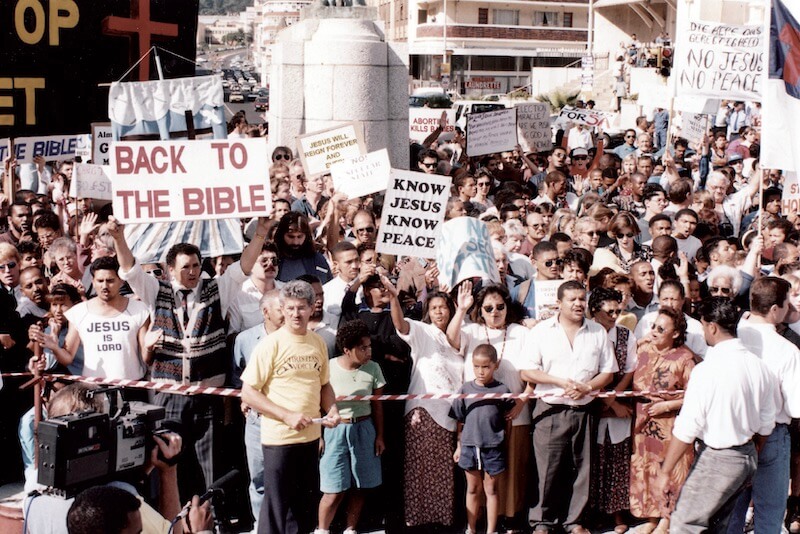
May 1995
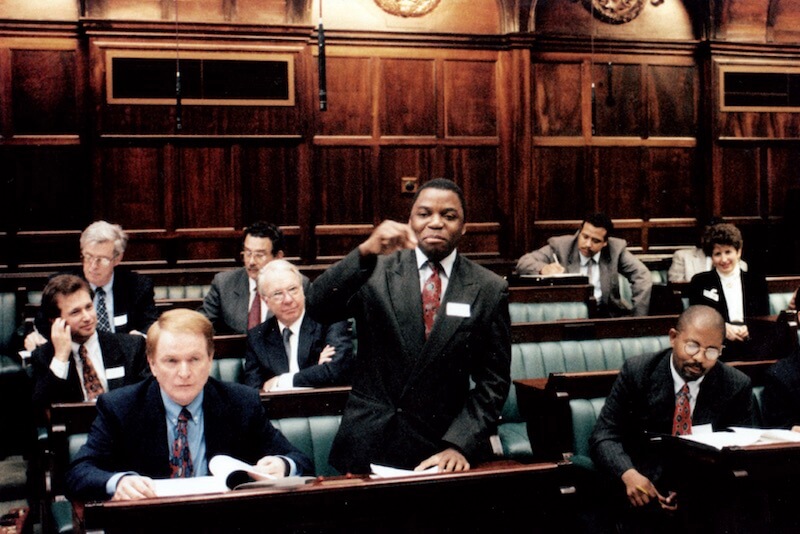
August 1995
September 1995
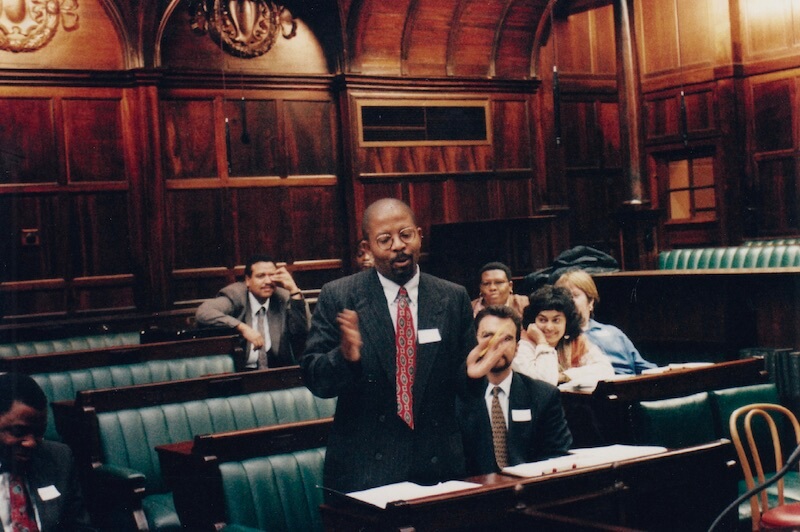
October 1995
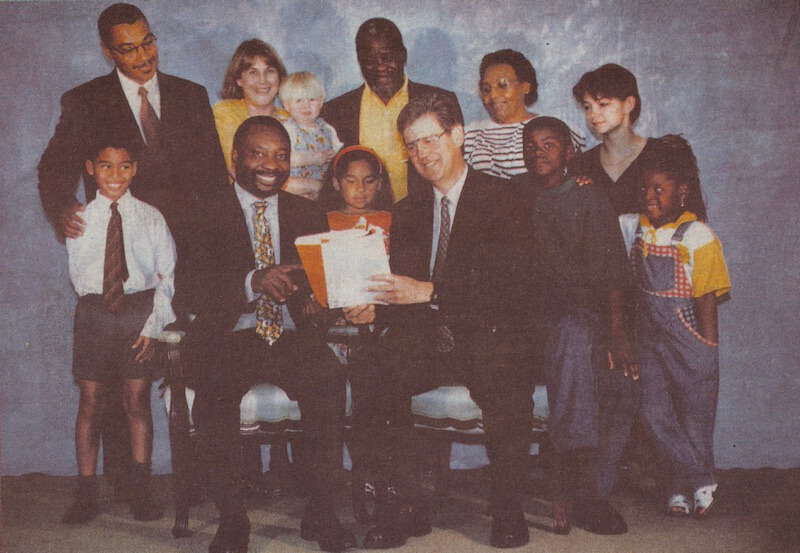
November 1995
December 1995 and January 1996
February 1996
14 March 1996
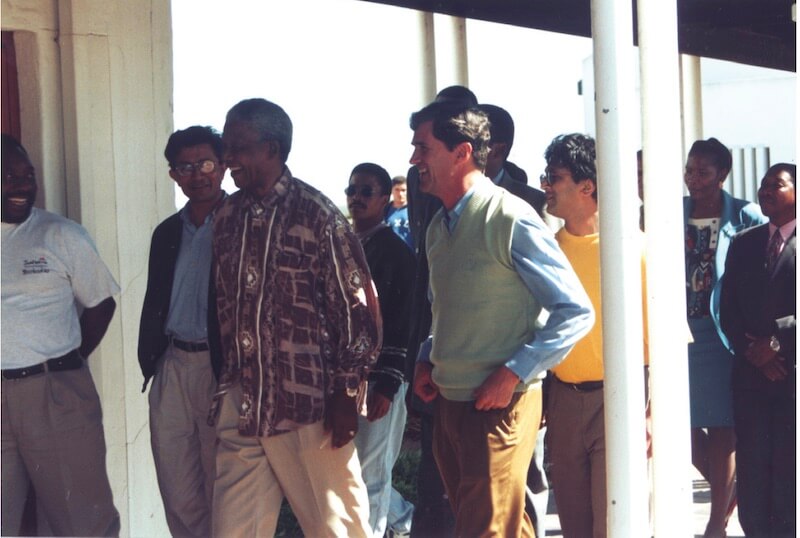
1–3 April
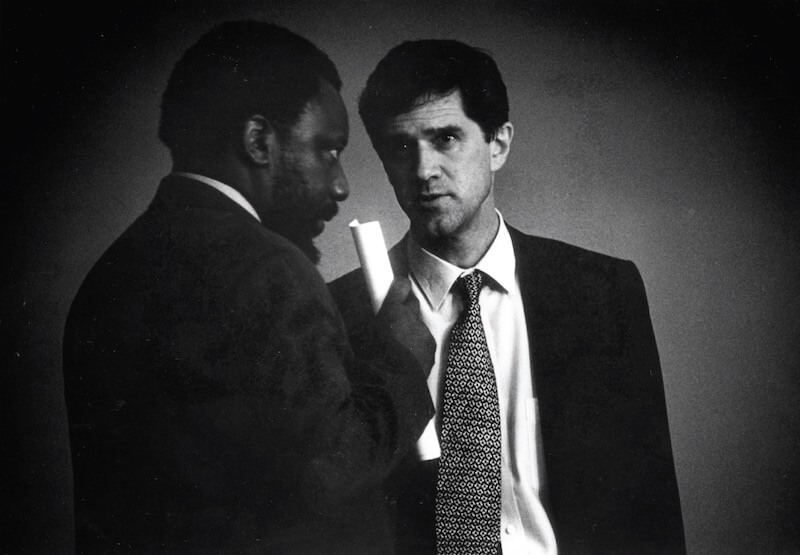
15 April 1996
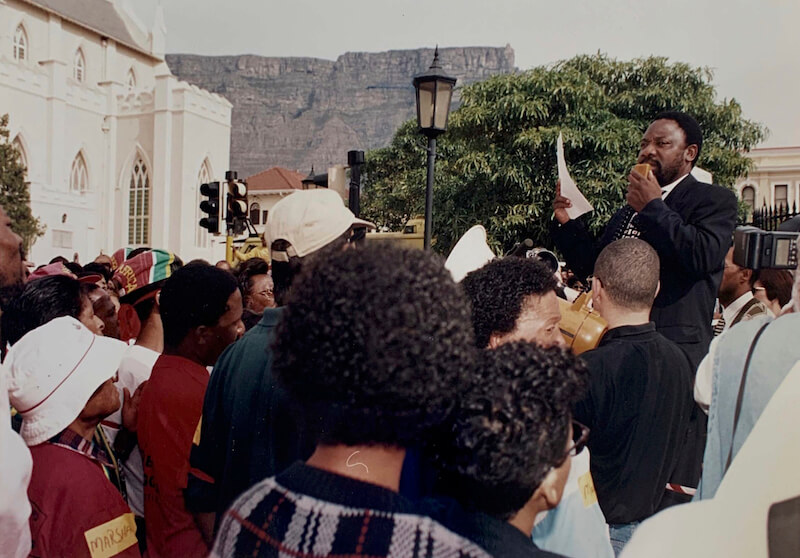
17 April 1996
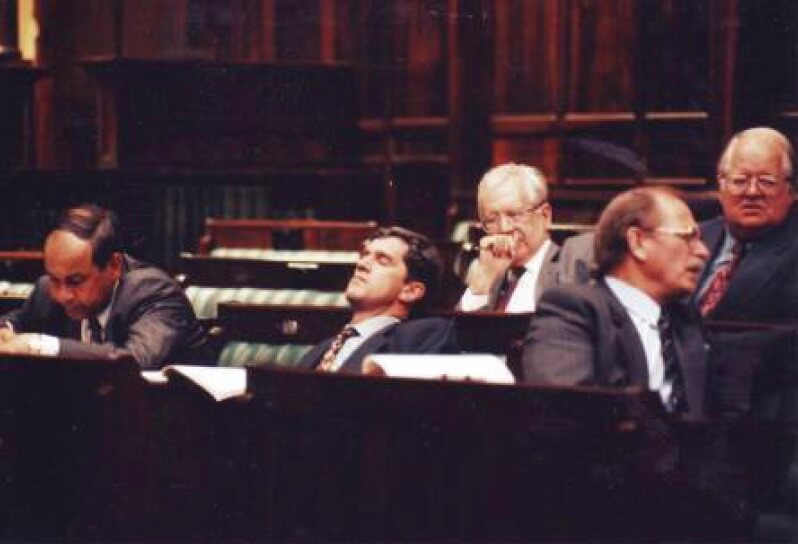
18 April 1996
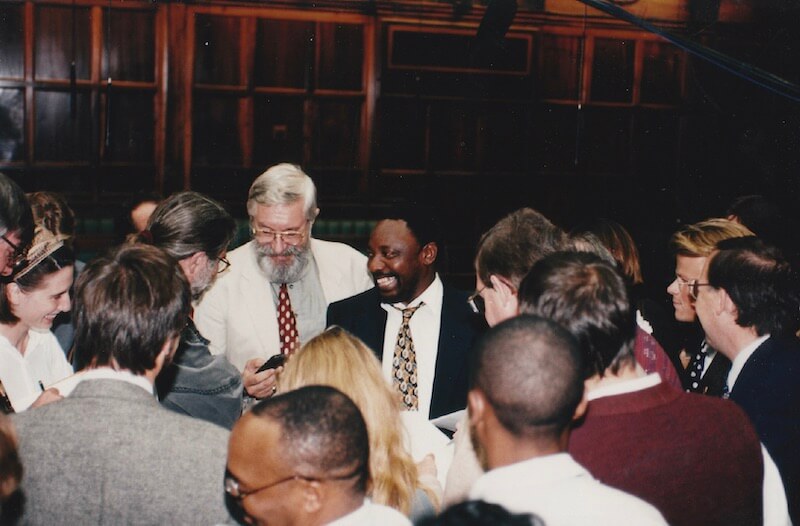
22 April 1996
24 April 1996
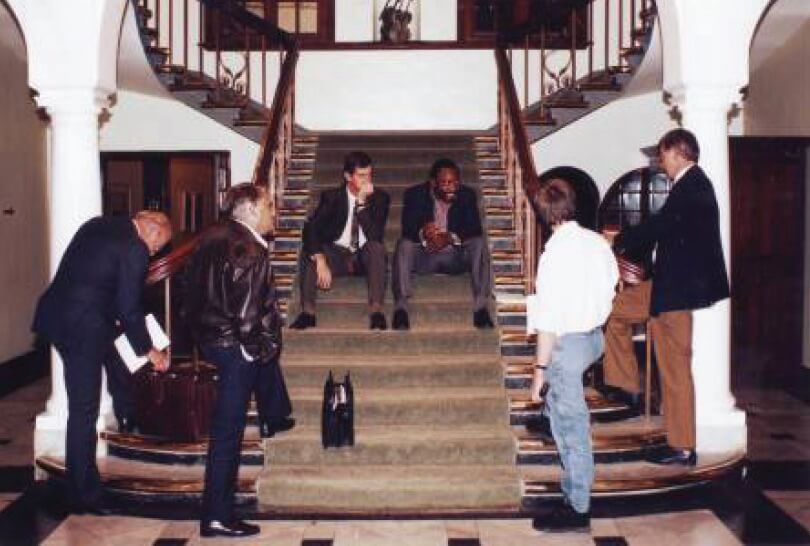
26 April 1996
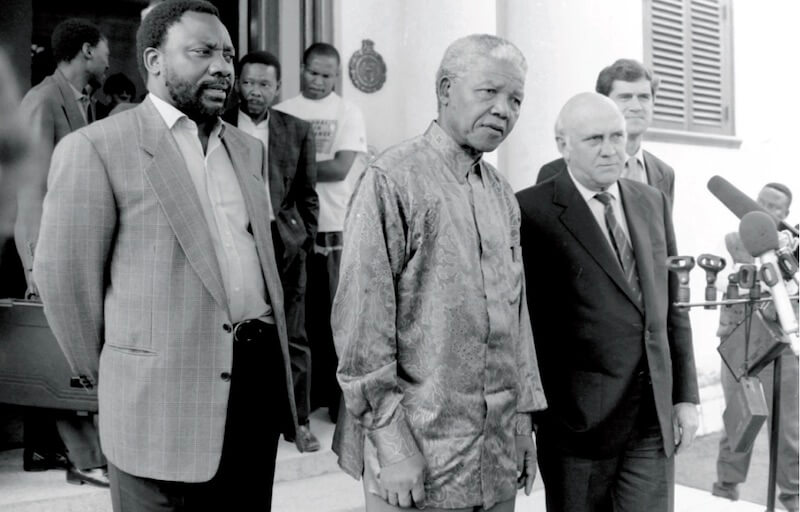
28 April 1996
29 April 1996
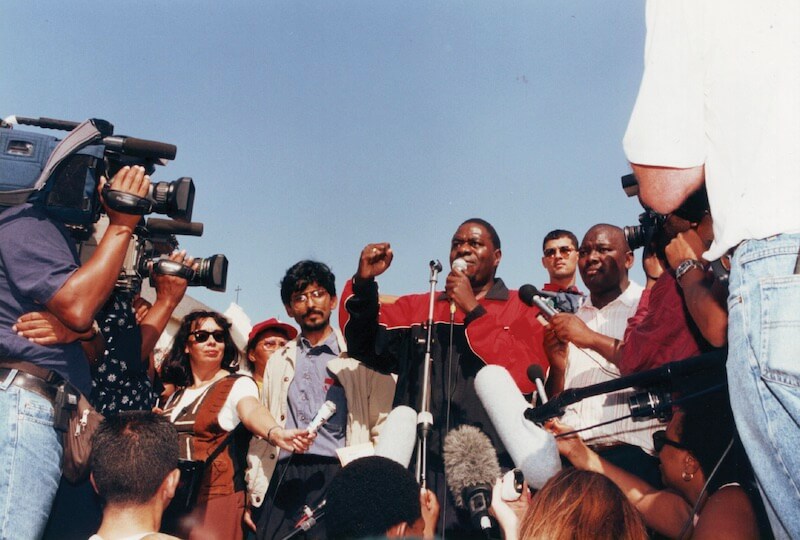
30 April 1996
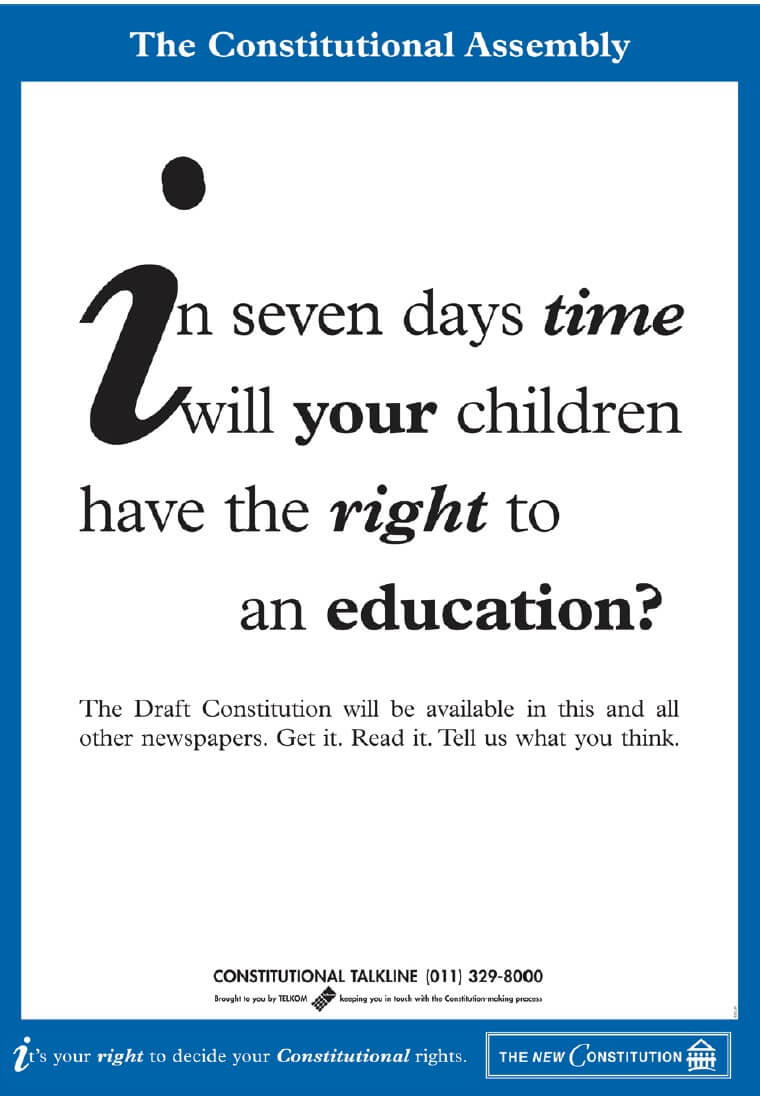
1 May 1996
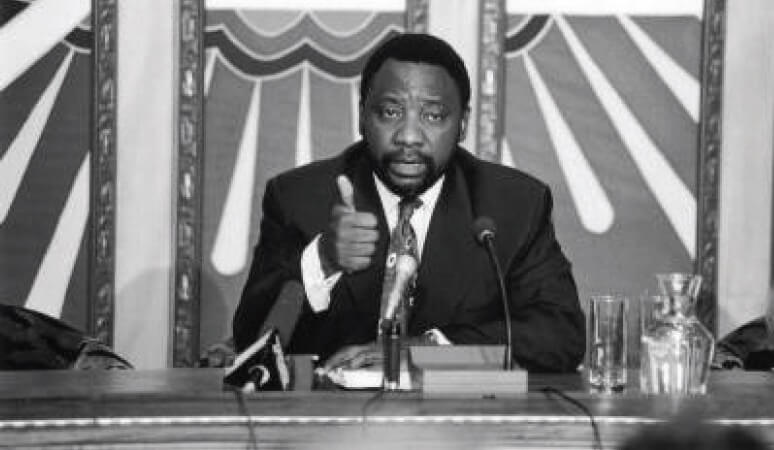
3 May 1996
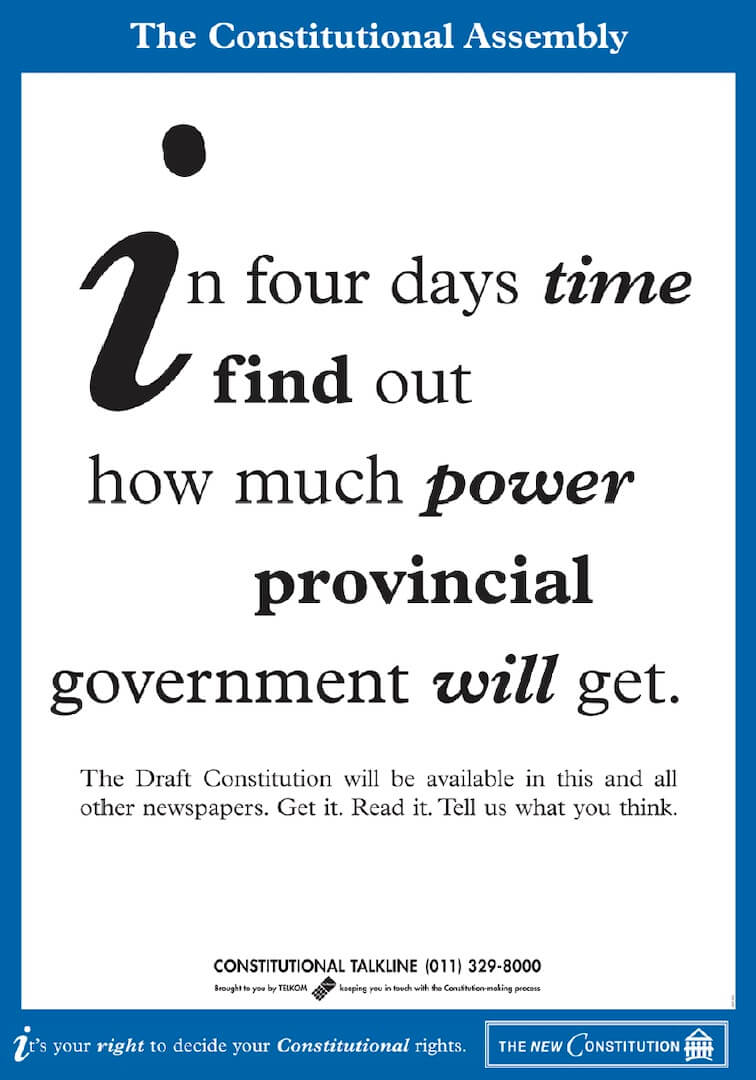
4 May 1996

5 May 1996
6 May 1996
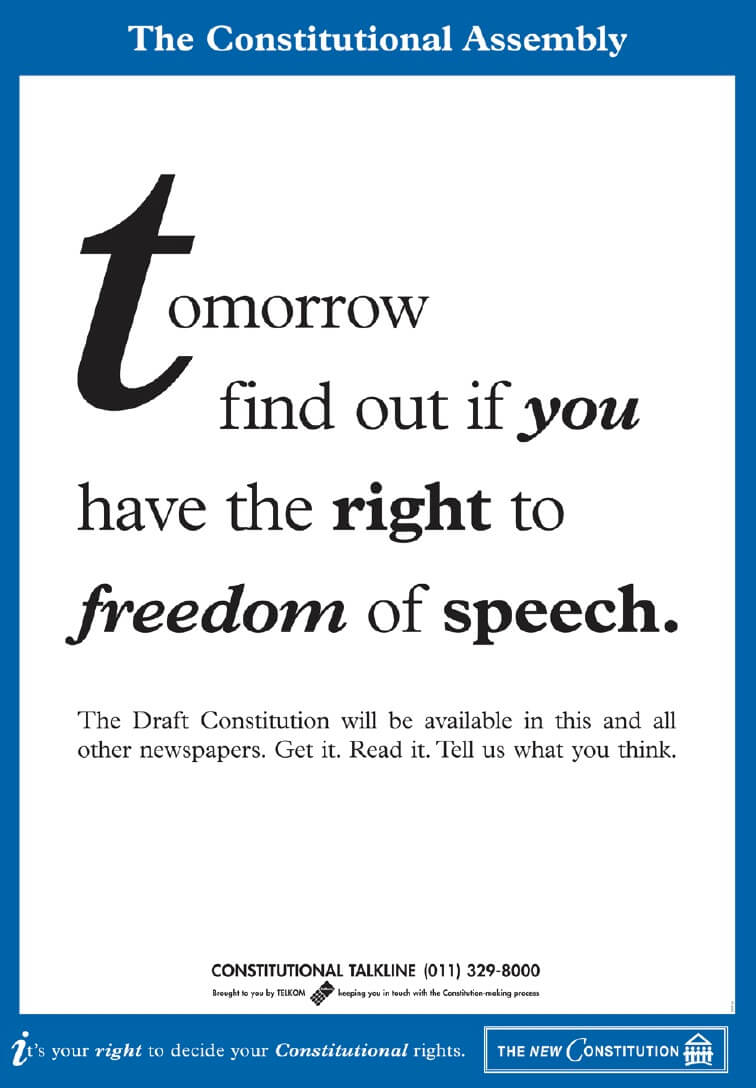
7 May 1996
"I know it's late but just twenty minutes more, just twenty minutes - for our Constitution which is for the next twenty years, no, fifty years, 100 years, 200 years."
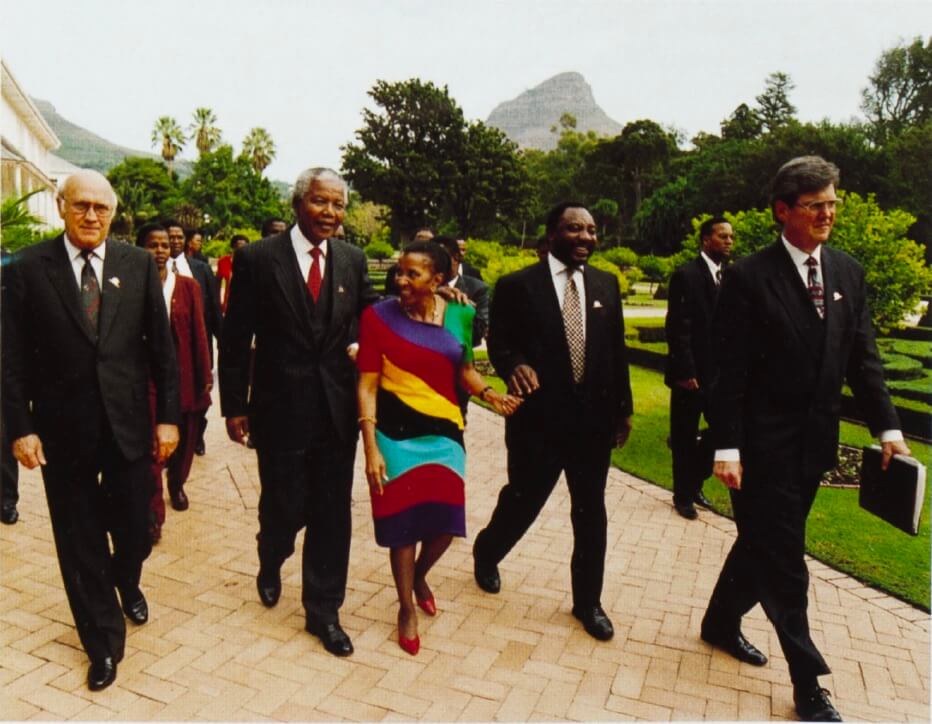
8 May 1996
9 May 1996
The graphics used in this component are drawn from the following sources:
Constitutional Assembly Publication, You and the Constitution, 1995
Constitutional Assembly Publication, Constitutional Talk, Volume 9, 1995
The quotes used in this component are drawn from the following sources:
Constitutional Assembly Annual Report, May 1994 – May 1995
Christina Murray, A Constitutional Beginning: Making South Africa’s Final Constitution, 23 U. Ark. Little Rock L. Rev. 809 (2001). Available at: http://lawrepository.ualr.edu/lawreview/vol23/iss3
Mike Nicol, The Making of the Constitution
Parliament of the Republic of South Africa (2018) Theme Committee Book Series 1-6

